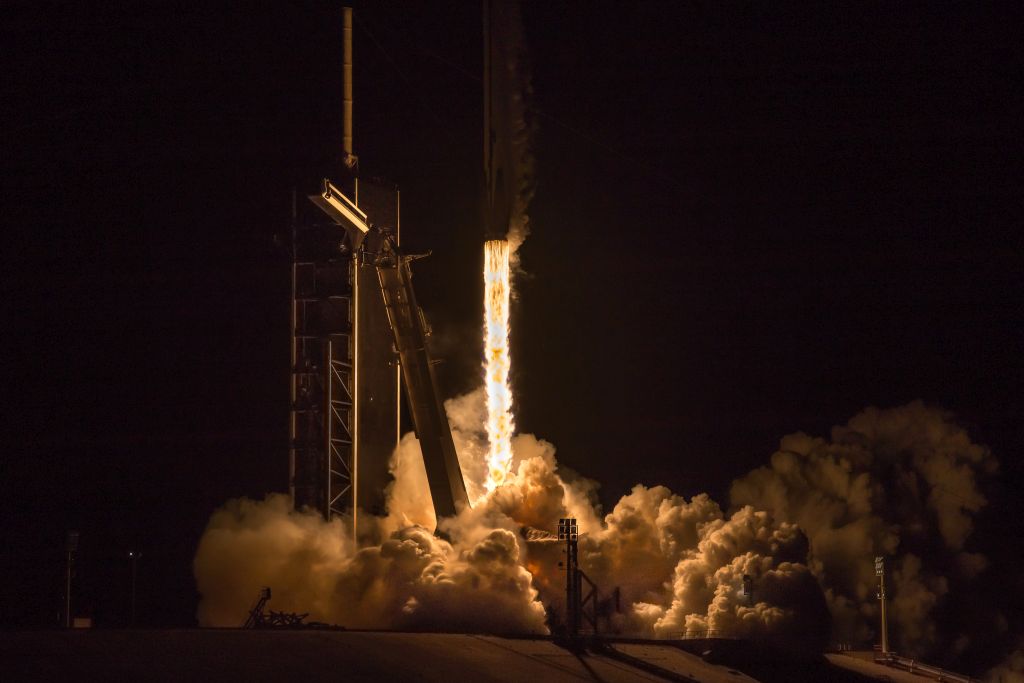It’s another milestone for SpaceX as their Crew Dragon spacecraft successfully docked with the International Space Station.
In the early morning of March 2nd, the unmanned Crew Dragon launched from complex 39A at NASA’s Kennedy Space Center in Florida. Then on March 3, at approximately 6:00 AM, the spacecraft successfully docked with the space station. Universe Today had a photographer, Alex Brock, at the launch to capture the action.
The Crew Dragon is designed to carry up to seven astronauts to the ISS. On this flight, called Demo-1, no crew were onboard. Demo-1 is all about testing the autonomous docking capabilities of the capsule, along with other aspects of its operation. The next flight, set for July 2019, will be its first crewed mission.
“We are watching history being made with the launch of the SpaceX Demo-1 mission.”
Steve Stich, launch manager and deputy manager of NASA’s Commercial Crew Program.
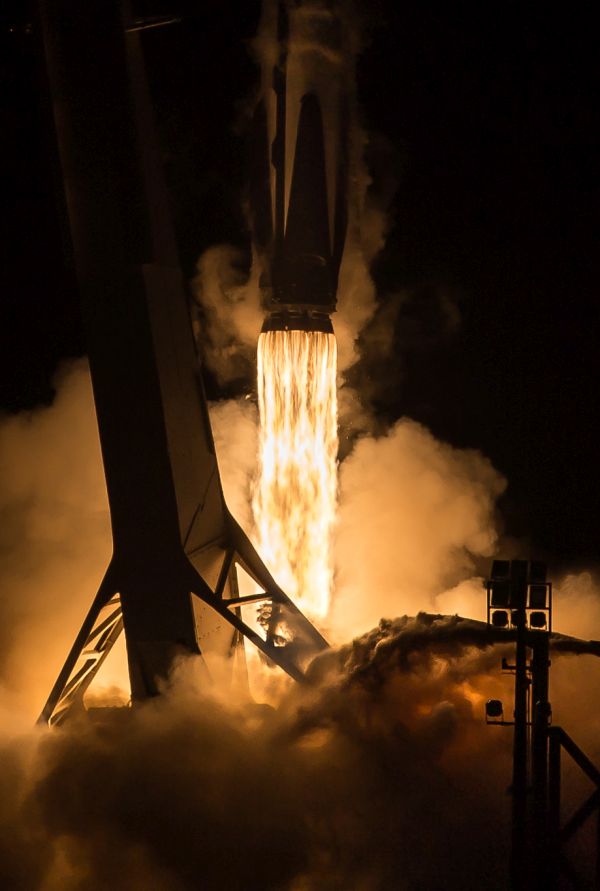
This is the first time in history that a commercial rocket and spacecraft have launched from American soil and docked with the ISS. Let that sink in for a minute, then imagine the future. If you’re not seeing that space is being opened up to non-governmental, commercial activity, then stop and think again.
NASA Administrator Jim Bridenstine.
“I proudly congratulate the SpaceX and NASA teams for this major milestone in our nation’s space history.”
“Today’s successful launch marks a new chapter in American excellence, getting us closer to once again flying American astronauts on American rockets from American soil,” said NASA Administrator Jim Bridenstine. “I proudly congratulate the SpaceX and NASA teams for this major milestone in our nation’s space history. This first launch of a space system designed for humans, and built and operated by a commercial company through a public-private partnership, is a revolutionary step on our path to get humans to the Moon, Mars and beyond.”
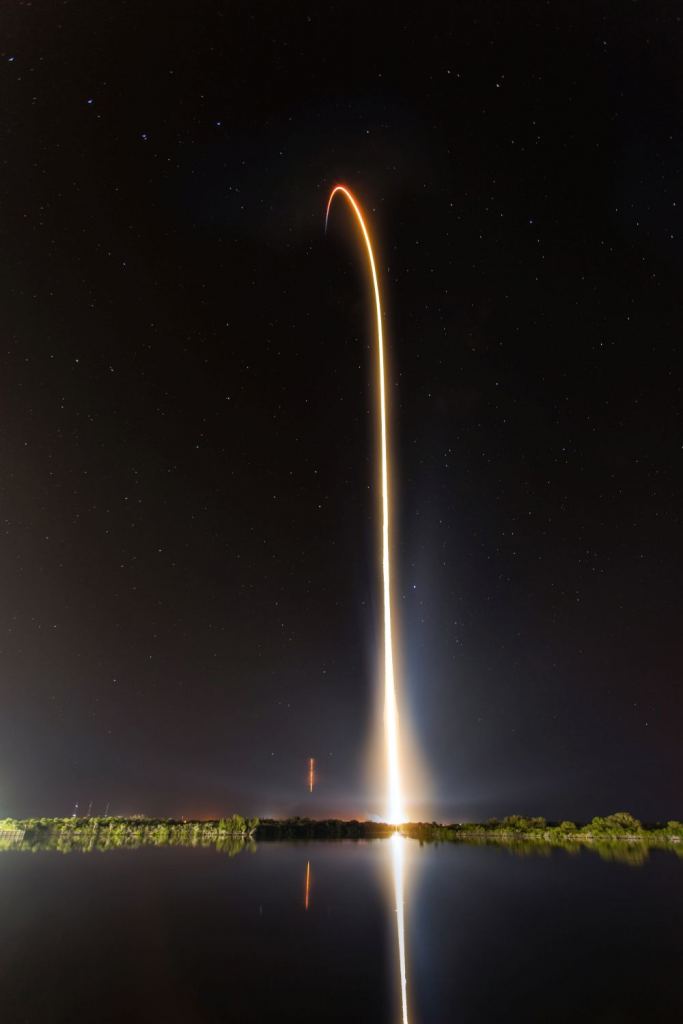
This Demo-1 flight is SpaceX’s and NASA’s inaugural flight in the Commercial Crew Program. In this program NASA is working closely with commercial partners like SpaceX and Boeing to develop a new generation of spacecraft that can operate in low-Earth orbit. This flight is an important step to re-establishing American space-flight operations. Since 2011, when the Shuttle program ended, American astronauts have relied on the Russian Soyuz system to access the ISS.
But that’s about to change.
“We are watching history being made with the launch of the SpaceX Demo-1 mission,” said Steve Stich, launch manager and deputy manager of NASA’s Commercial Crew Program. “SpaceX and NASA teams have been working together for years, and now we are side-by-side in control rooms across the country for launch, in-orbit operations and, eventually, splashdown of the Crew Dragon right here off Florida’s coast.”
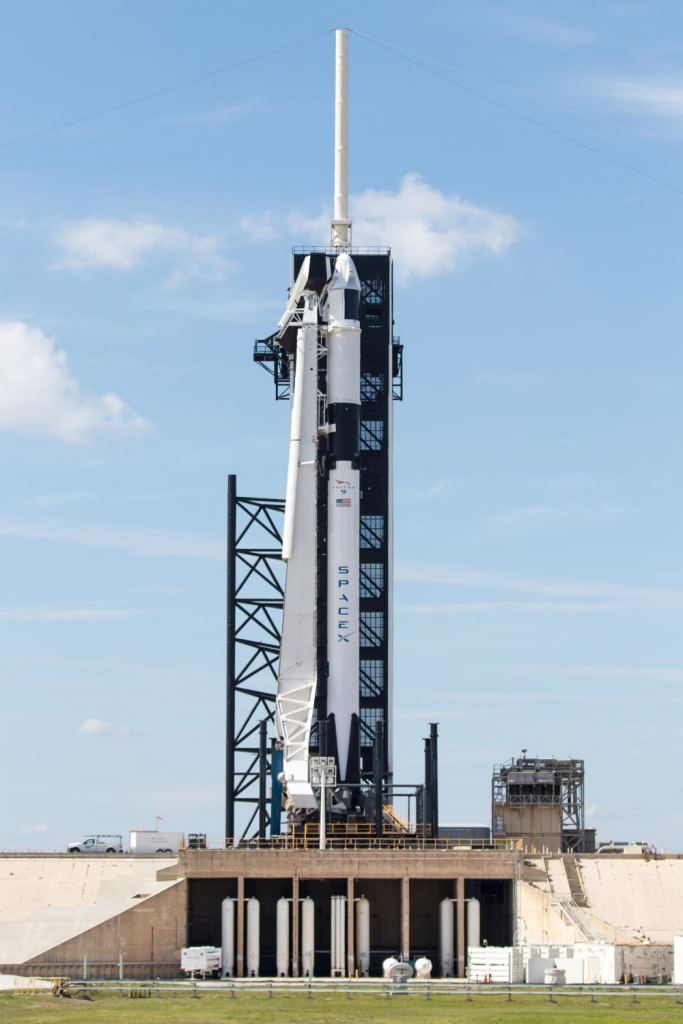
After its launch, Crew Dragon orbited Earth 18 times. Then on March 3rd, at about 6 AM, it docked with the ISS. The docking process was automated, and was a vital part of this test flight. The Crew Dragon docked with the ISS’s Harmony module, and about three hours after docking, the crew on the ISS opened the Dragon’s hatch.
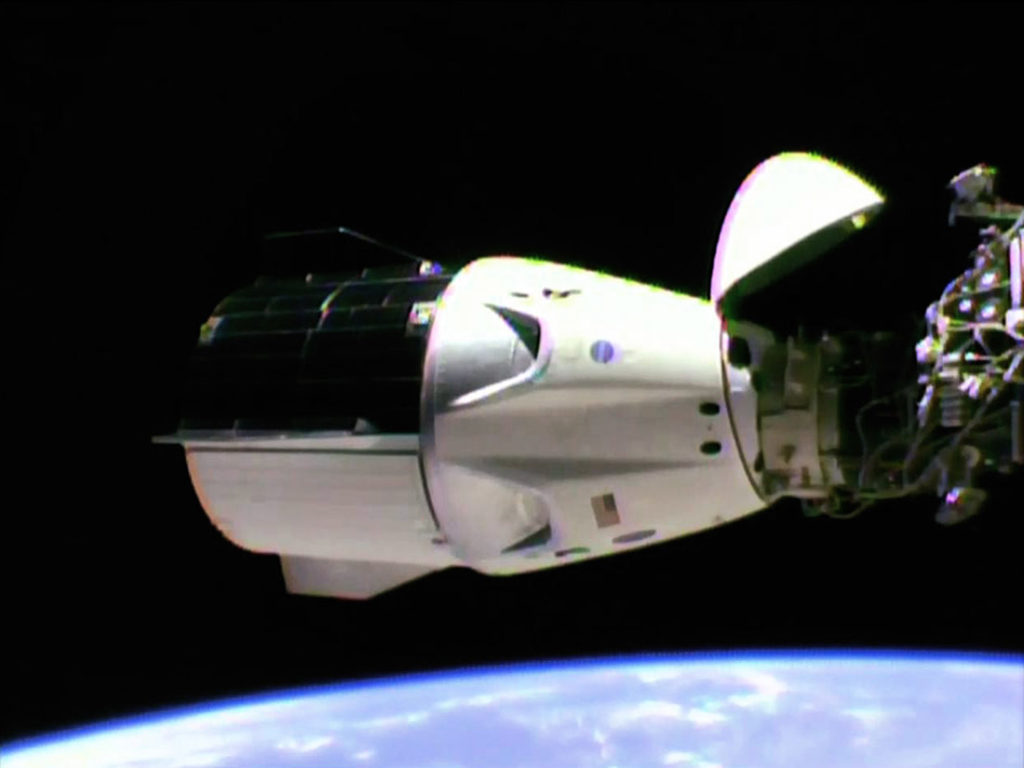
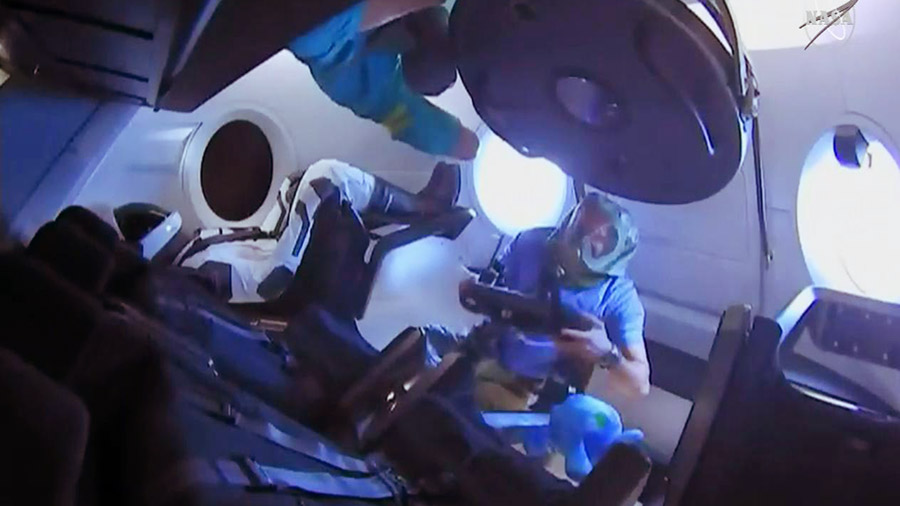
Even though its an un-crewed mission, it will still tell SpaceX and NASA something about crewed flight. As seen in the picture above, Demo-1 does have one passenger, a lifelike testing device named Ripley, seated in the image. Ripley is outfitted with sensors which will gather data on any potential effects on humans when travelling in the Crew Dragon. Demo-1 is also carrying about 400 pounds of supplies and equipment to the ISS.
SpaceX CEO Elon Musk.
“First a note of appreciation to the SpaceX team. It has been 17 years to get to this point…”
“First a note of appreciation to the SpaceX team. It has been 17 years to get to this point, 2002 to now, and an incredible amount of hard work and sacrifice from a lot of people that got us to this point…I’d also like to express great appreciation for NASA,” said Elon Musk, CEO and lead designer at SpaceX. “SpaceX would not be here without NASA, without the incredible work that was done before SpaceX even started and without the support after SpaceX did start.”
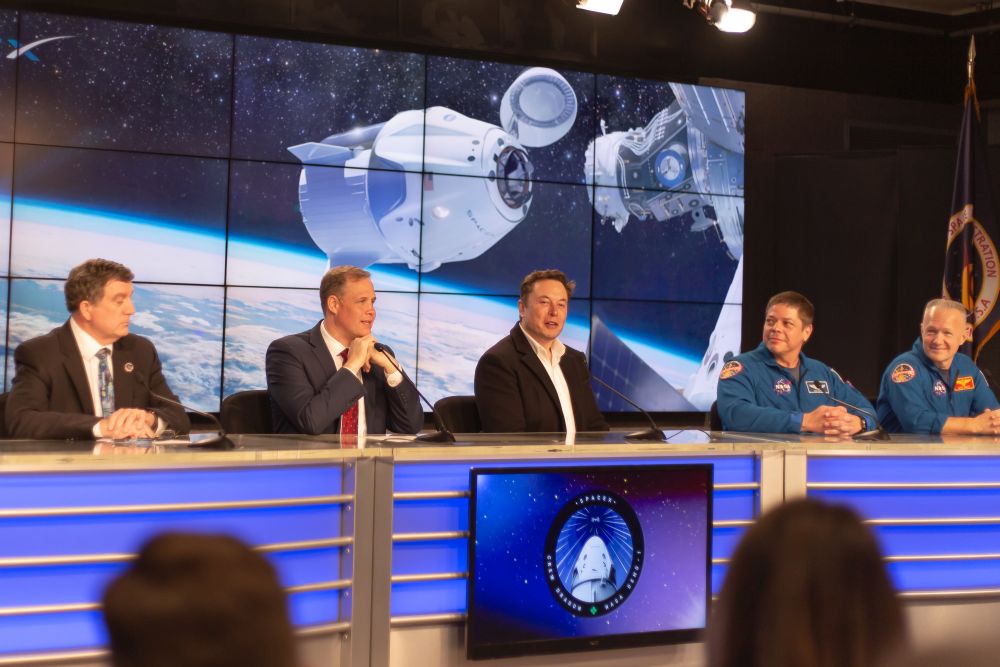
The Demo-1 mission has been successful so far, but it isn’t over yet. It’ll spend five days attached to the ISS, and on Friday March 8th it will begin its return trip home.
The Crew Dragon still has to successfully detach from the ISS and return to Earth. The de-orbiting, parachute deployment and splashdown in the ocean will all be carefully monitored. The parachute system and the entry control system will be scrutinized in detail, because they’re different from the systems used successfully with the Cargo Dragon. Now that there will be living humans on board, those systems have been upgraded and have to be tested for reliability.
The results from the un-crewed Demo-1 mission will be used to prepare for Demo-2, the first crewed mission for the Crew Dragon. Demo-2 is scheduled for July 2019, and will carry two NASA astronauts, Robert Behnken and Douglas Hurley, to the ISS.
What’s happening in space now is an echo of history. As space becomes open to commercial activity and access isn’t restricted to government agencies, there’s a parallel to the early exploration of Earth by European countries. The first explorers on sail ships were governmental missions, sponsored by heads of state. Gradually, exploration became a commercial venture, handed over to companies formed to exploit resources, establish new trade routes, and expand economies.
There were problems with that, as indigenous populations suffered a great deal. But in space and on the Moon, there are no people, only resources.
There will likely come a day before too long, when commercial resource extraction from asteroids will be making headlines, just like the science fiction writers told us. And when that day comes, we can look back at milestones like this and marvel.

